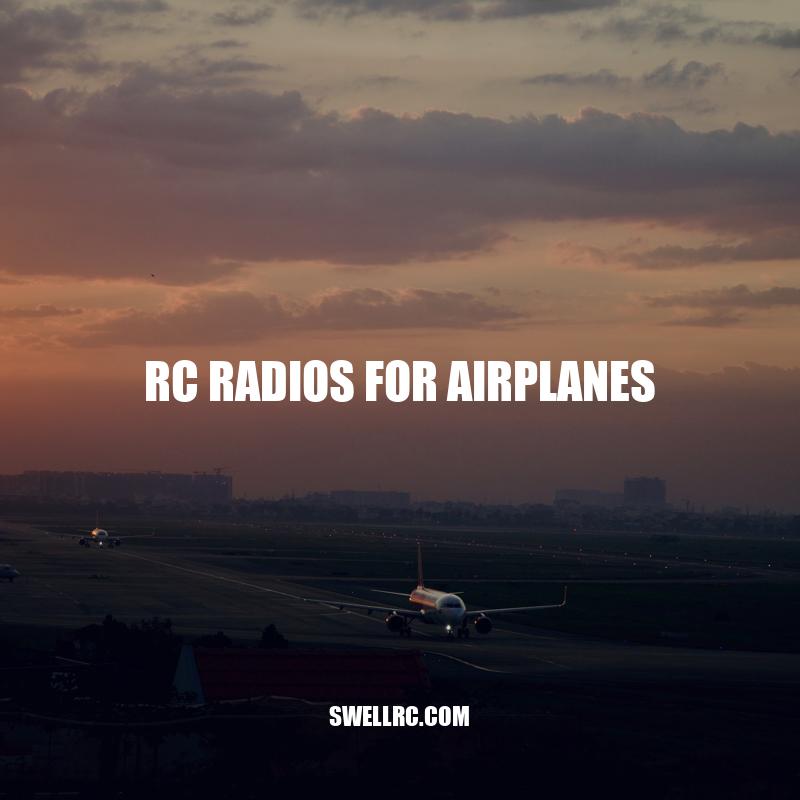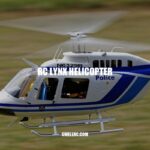Ultimate Guide to RC Radios for Airplanes
RC radios are an essential component of model airplanes. These radios offer a way to control the airplane’s movements and perform different aerial maneuvers. Depending on the type of airplane and the complexity of its movements, there are different types of RC radios available. Analog and digital radios are the two main types of RC radios commonly used in model airplanes. The number of channels and other features of the RC radio determine its suitability for a particular airplane model. Ultimately, a quality RC radio can enhance the flying experience and increase safety while operating the airplane.
Overview and Factors to Consider for RC Radios for Airplanes
- Understanding RC radios for airplanes:
- Analog radios
- Digital radios
- Choosing the right type of RC radio:
- Number of channels
- Complexity of airplane movements
- Compatibility with the airplane model
RC radios come in different types, with analog and digital radios being the most common. Analog radios are the traditional type of RC radios, which use varying radio frequencies to control the airplane’s movements. On the other hand, digital radios use encoded signals to offer more precise control over the airplane’s movements. The number of channels on an RC radio determines its complexity and suitability for the kind of airplane to be flown. Some airplane models require more channels to allow for more complex movements. Before selecting an RC radio for an airplane, it’s essential to consider factors like compatibility with the airplane model, the number of channels, and the complexity of airplane movements. Online resources and reviews can provide valuable information about the best RC radios for airplanes. Some websites offer product reviews and customer feedback to help make informed decisions before purchasing an RC radio.
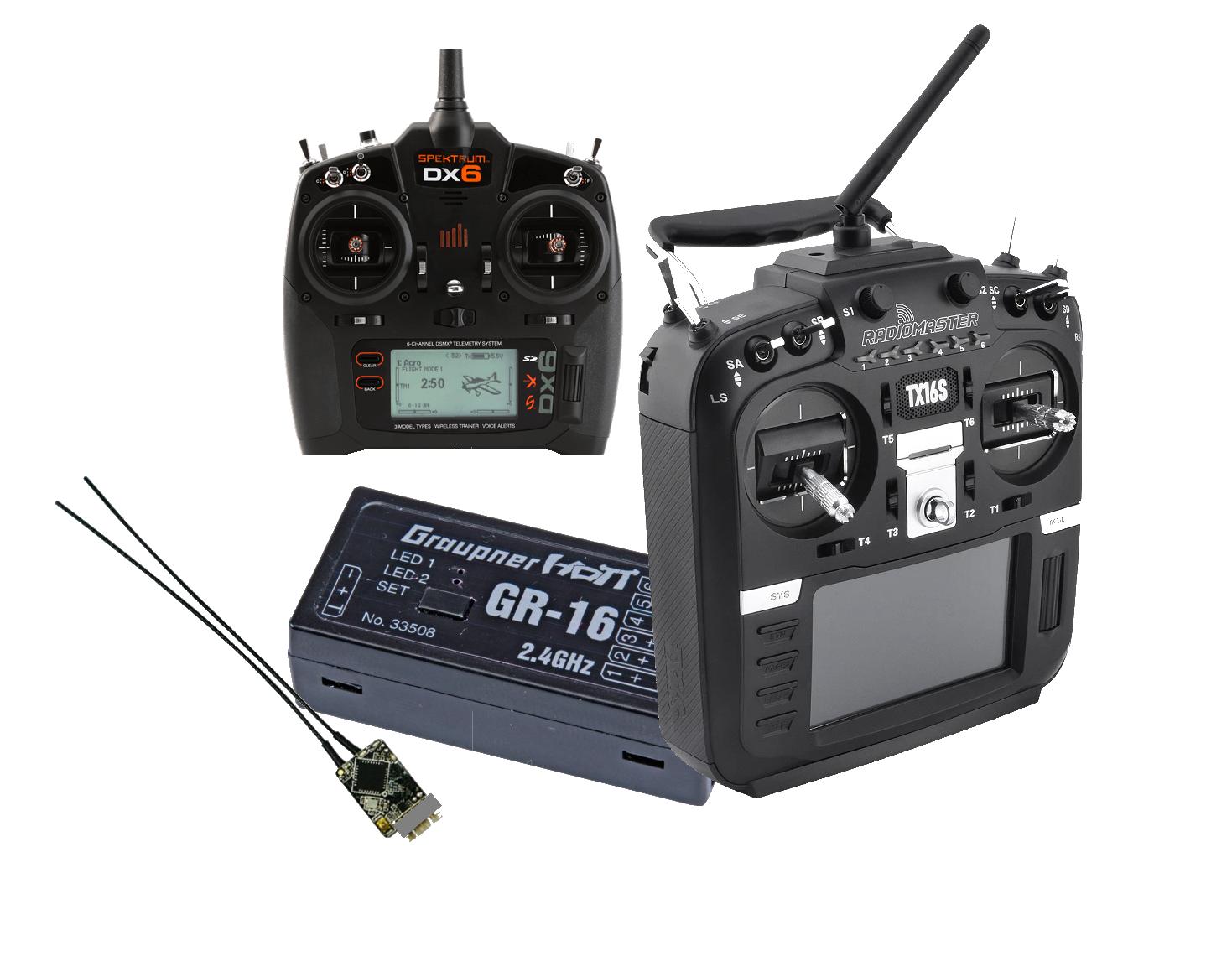
What factors should be considered when choosing an RC radio for an airplane?
Frequency, number of channels, range, compatibility with airplane model and receiver, battery life, brand reputation, and ergonomics should be considered when choosing an RC radio for an airplane.
Top RC radios for airplane models and flying styles.
RC radios for airplanes have different features that make them suitable for various airplane models and flying styles. The features of RC radios for airplanes include gimbal sticks, trim control, programming options, range, interference-free transmission, and programmable settings. Gimbal sticks on an RC radio allow the user to control the airplane’s movements by moving the sticks in different directions. Trim control enables the user to fine-tune the airplane’s flight movement for enhanced stability. Programming options allow the user to customize the RC radio settings to suit their flying style. The range of an RC radio determines how far it can control the airplane. The interference-free transmission ensures that the RC radio signals are not interrupted by other radio frequencies. Programmable settings allow the user to save personalized settings for future use.
Below is a table outlining some of the features of the top RC radios for airplanes available on the market:
| RC Radio Model | Gimbal sticks | Trim control | Programming options | Range |
|---|---|---|---|---|
| Futaba 6K | Yes | Yes | Customizable | 600m-2.4km range |
| Spektrum DX6e | Yes | Yes | Customizable | 2.4GHz range |
| FrSky Taranis X-Lite Pro | Yes | Yes | Customizable | Low-latency range |
Websites such as HobbyKing, Amazon, and RCGroups offer many options for purchasing RC radios relevant to a user’s specific needs. Additionally, manufacturers’ websites provide information on the features and specifications of their different RC radio models for airplanes.
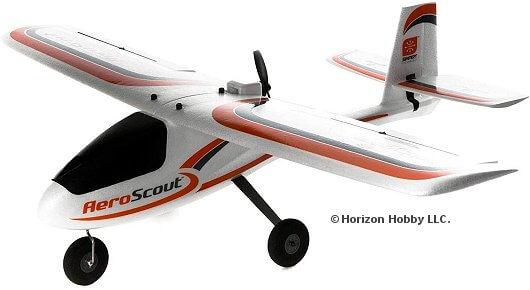
What are the different features of RC radios for airplanes?
The different features of RC radios for airplanes include multiple channels, dual rates, exponential rates, programmable mixing, telemetry, programming software, model memory, range, signal quality and battery life.
Benefits of Quality RC Radios
Quality RC radios offer several benefits for model airplane enthusiasts. Some of the benefits of using quality RC radios include:
- Increased range: Better quality RC radios ensure that the airplane can be controlled over a more extended range, enabling the user to fly the model aircraft farther away from them.
- Reduced interference: High-quality RC radios have better signal strength and are less affected by other radio frequencies, ensuring that the user can control their airplane without interference.
- Precise control over the airplane: Quality RC radios offer precise control over the airplane, enabling the user to maneuver their model aircraft better.
- Enhances flying experience: Using a quality RC radio can make the flying experience more enjoyable and allow the user to get the most out of flying their model airplane.
- Increases safety: Quality RC radios enhance safety by providing precise control over the airplane, ensuring that it can be controlled effectively and avoiding accidents that could cause harm to people or property.
There are several RC radios for airplanes available in the market that provide excellent features and benefits to the enthusiasts. For example, the Spektrum DX6e offers a broad range of programming options and settings for precise control over the airplane, while the Futaba 6K offers a range of 600m-2.4km for enhanced coverage. It’s important to research and choose an RC radio that meets the needs and requirements of the user. Various websites like RCGroups, HobbyKing, and Amazon offer an extensive range of RC radios to choose from, with many customer reviews that can provide insight into the pros and cons of different models.
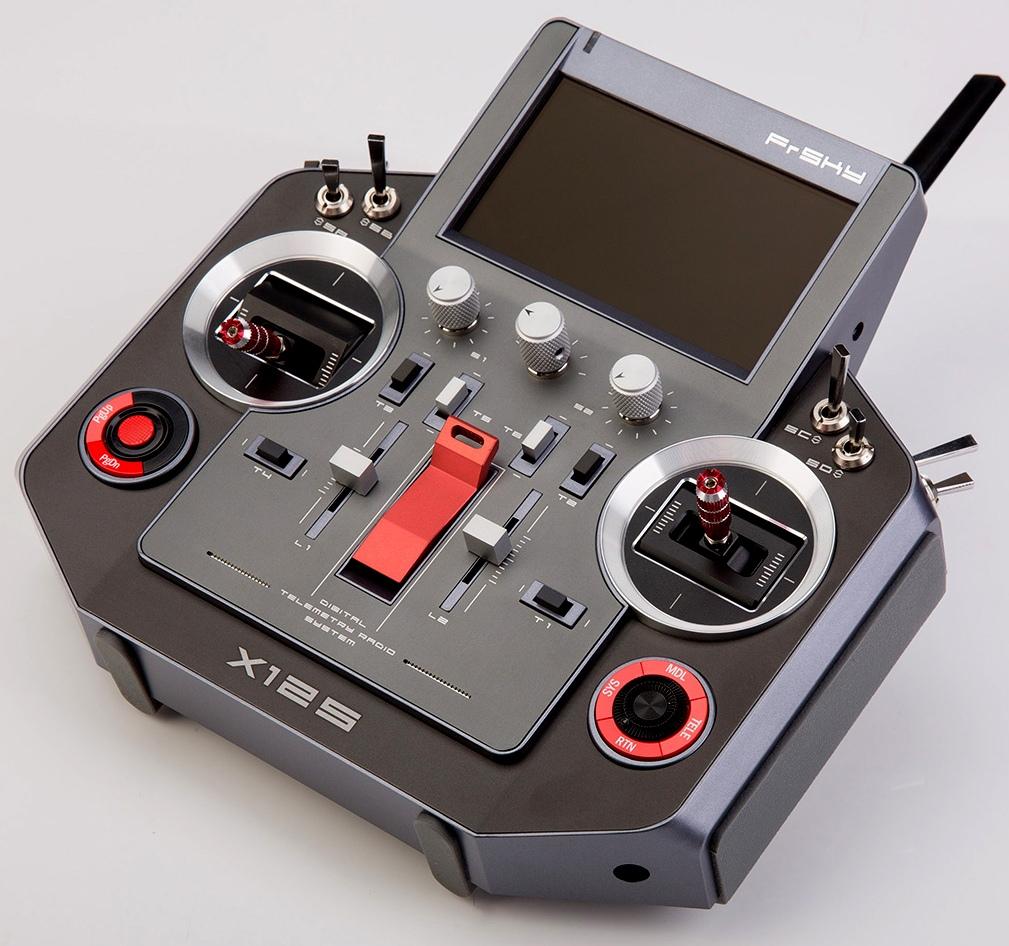
What are some popular RC radios for airplanes and what features do they offer?
Some popular RC radios for airplanes include Futaba, Spektrum, and FrSky. These radios offer features such as multiple channels, telemetry feedback, programmable functions, and wireless connectivity to other devices.
Selecting the Right RC Radio for Your Airplane
Selecting the right RC radio for an airplane can be a challenging task, but considering a few factors can help buyers make the right decision. Some of the factors that should be considered when selecting an RC radio for an airplane include:
- Compatibility: Ensure that the RC radio selected is compatible with your airplane’s make and model to avoid compatibility issues that would hinder control.
- Number of channels: Consider the number of channels needed for the airplane before making any purchase. The complexity of the airplane determines the number of channels required. A more complex plane requires a greater number of channels for better control.
- Budget: Some RC radios can be expensive, making it important to set a budget and research different options within one’s price range. This will ensure that the buyer finds an RC radio that offers the right features without overspending.
- Consulting experts and reviews: Consulting experts and reading reviews online can provide valuable insights into the pros and cons of different RC radio models. This can help the buyer make an informed decision about which RC radio to purchase and avoid costly mistakes.
Various websites offer a broad range of RC radios for airplanes, including Amazon, Tower Hobbies, and HobbyKing. When buying online, checking customer reviews and product specifications can help the buyer make an informed decision about purchasing an RC radio that meets their needs.
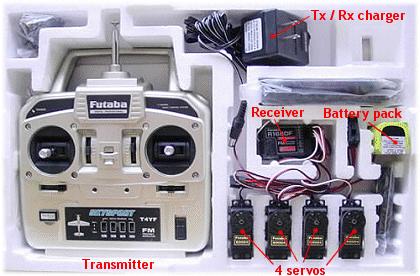
What factors should be considered when selecting an RC radio for an airplane?
Range, transmitter power, number of channels, compatibility with the aircraft’s receiver and other equipment, ease of use, and price are some of the factors that should be considered when selecting an RC radio for an airplane.
Why Proper Maintenance and Upgrading of RC Radios for Airplanes is Crucial
Proper maintenance of an RC radio is critical to ensure the device functions optimally and delivers great value over a more extended period. Some of the maintenance practices that can help to keep an RC radio for an airplane in good working condition include:
- Regular maintenance practices like cleaning, calibration, and battery replacement: Keeping an RC radio free from dirt and dust can prolong its lifespan. Furthermore, misaligned, poorly-calibrated controls can lead to control issues and even crashes. Regular calibration minimizes control issues, while changing batteries at the recommended times minimizes battery-related problems.
- Importance of upgrading RC radios to improve their features: As technology continues to advance, newer models of RC radios come with advanced features and better performance. Upgrading to new models can offer more features, expand compatibility with new airplane models, and better range and precision. Depending on the model, upgrading can also provide better software that allows for programming and personalization of the interface.
Various RC radio providers offer different maintenance and upgrade options for their models. Some websites like Horizon Hobby offer useful guides and maintenance videos for their products. It’s crucial to follow manufacturer instructions carefully to ensure the device functions optimally and avoid warranty issues. Buyers should research and regularly check the manufacturer’s website for firmware updates and other software upgrades that may be available for their device.
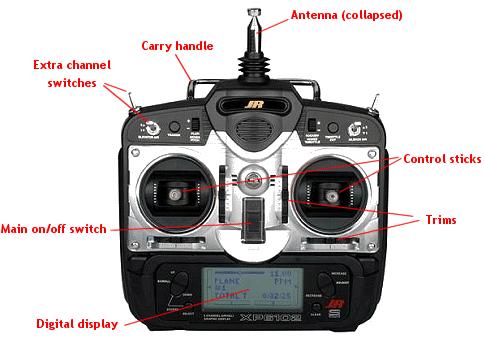
What are some recommended maintenance practices for keeping an RC radio in good working condition for an airplane?
Recommended maintenance practices for keeping an RC radio in good working condition for an airplane include regularly checking and replacing batteries, cleaning the antenna and connections, avoiding water damage, and storing the radio in a safe and dry place when not in use.
RC radios for airplanes play a vital role in the aviation industry, contributing to the increased safety and enjoyment of flying. They allow pilots to control airplanes remotely, often from great distances, providing a unique experience. The evolution of technology in the aviation industry has brought about various models of RC radios, equipped with distinctive features that enhance their performance. Although selecting the right RC radio for your airplane, maintaining, and upgrading it for optimal performance might appear to be straightforward tasks, it’s essential to prioritize using quality and reliable devices. This will guarantee enhanced safety, prevent airplane crashes and mechanical failures, and increase the longevity of both the RC radio and the airplane. Pilots should also consult experts, read reviews and guides, and check manufacturer websites regularly for updates and upgrades to ensure they have the most recent model.
Conclusion
In conclusion, RC radios for airplanes are an integral part of the radio control community, providing enthusiasts the opportunity to fly airplanes remotely and safely. Understanding the different types of RC radios available, their features, the factors to consider when purchasing, maintaining, and upgrading them is vital for anyone looking to venture into the aviation industry. Investing in reliable and quality RC radios that suit your airplane, ensure regular maintenance and upgrading is crucial in preventing accidents, increasing longevity, and providing a great flying experience. With the vast range of products and models available on the market, pilots are better off doing their due diligence before making purchase decisions and seek expert advice where necessary.

